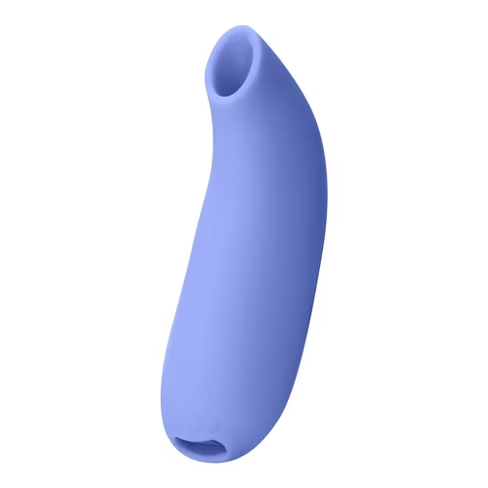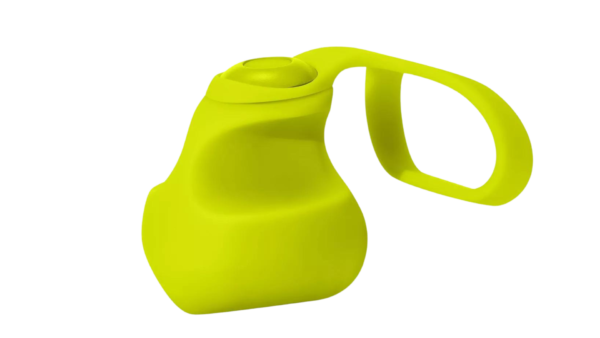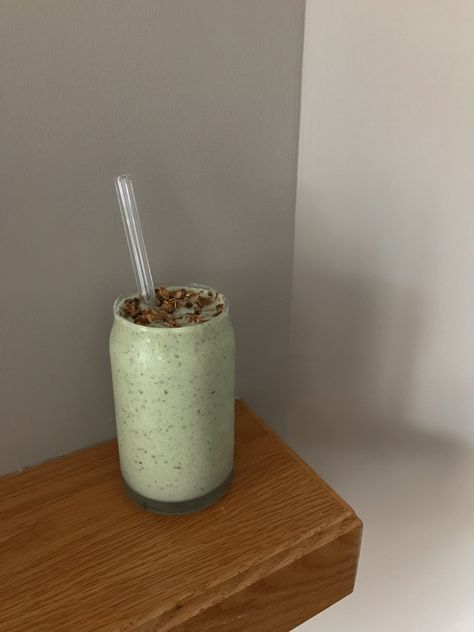The Science of Why You’re Not Getting Things Done
By: Jen • Unlimited Choices Club

You know that moment, you open your laptop, your to-do list, and… zip. Nada.
It’s not procrastination, and you’re not lazy.
What you’re dealing with is a functional freeze, the nervous system’s version of the spinning wheel of doom. It’s a quiet override.
Let’s unpack what it is (and how to break it).
What is Functional Freeze?
It’s not burnout. It’s not a lack of discipline.
Functional freeze is your nervous system’s quiet shutdown mode. You’re still functioning—but everything feels harder than it should.
Your brain isn’t trying to sabotage you. It’s protecting you from perceived danger: failure, pressure, overstimulation, perfectionism… even success.
The result? You freeze—but you do it beautifully masked as:
“I don’t know where to start.”
“I just need a minute.”
“I’ll do it tomorro.w”
Here’s What It Looks Like:
- You stare at the screen… but don’t type
- You keep starting things but leave them unfinished
- You’re mentally overloaded but can’t explain why
- You’re hyper-aware of time slipping, but frozen to stop it
- You’re quietly overwhelmed and over-activated at the same time
If this feels familiar, keep reading.
You Don’t Need Discipline. You Need Safety.
This isn’t about forcing yourself to push through.
This is about teaching your body that it’s safe to begin again.
Start with softness. Start with signals. Start with breath.
How to Unfreeze: Your Nervous System Thaw Kit
1. Change Your State Before Changing the Task
- Shake out your arms or jump for 15 seconds
- Lie flat on the floor and breathe into your belly
- Light a candle or open a window
→ Tiny shifts = new signals to your nervous system
Name What’s Happening
Try saying out loud:
“This isn’t procrastination. This is my body trying to feel safe.”
Validation is regulation.Micro-Commitments Only
Instead of “write the full blog,” say:
“I’ll write one sentence.”
Instead of “clean the kitchen,” say:
“I’ll wipe one counter.”
You don’t need momentum—you need motion.
Temperature Reset
Try:
- Cold splash of water to the face
- Warm mug held in your hands
- Essential oil under your nose
These activate your vagus nerve and bring you back online.
Body Over Brain
Don’t “think” your way out. Move your way forward.
The moment you return to your body—even for 30 seconds—you create safety.
And where there is safety, there is energy.
Reminder: You’re Not Behind
You’re not doing this late.
You’re doing this at the exact moment your body is ready to re-engage.
Be gentle. Start small. Stay soft.
You’re not stuck—you’re transitioning.
hi, I’m Jennifer
I’d love to know; where are you from? There are so many new faces, and it’s always fun to see where everyone is located! Most of you probably know, but I live in New York and have been calling this beautiful place home for 15 years now.
Near or far, comment below and let me know where you’re from!










Discover your perfect shades with [url=https://color-analysis-quiz.org]what season am i[/url] and find your unique color palette.
Comfort can play a key role in helping people feel secure in their color selections.